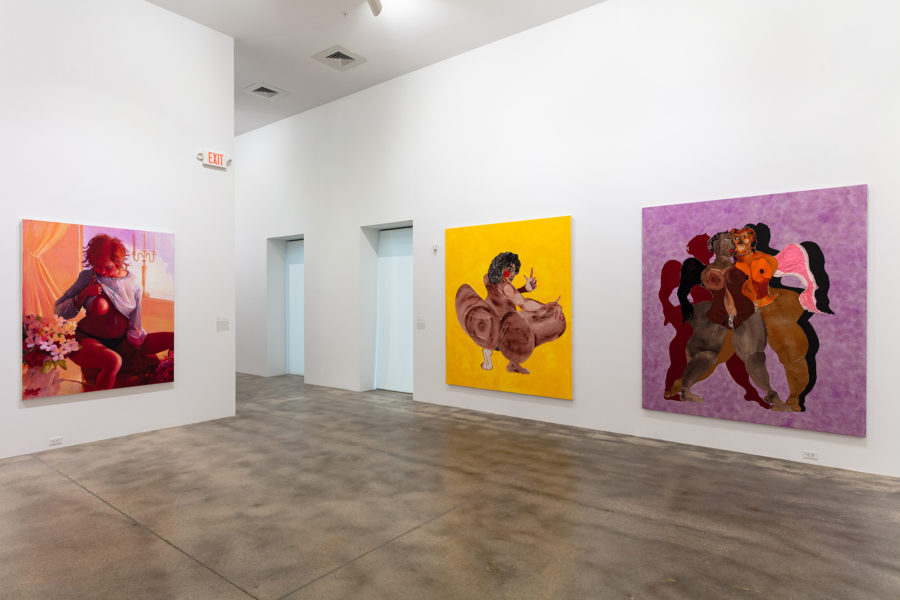Two patrons with a passion for emerging art are the founders of the Rubell museum. Inaugurated in December during the December art week, the museum displays the artworks collected in over 40 years by Mera and Don Rubell.
Rubell Museum: an exceptional family collection
The result these collectors achieved is impressive. The family collection began in New York during the 1960s. Today it is one of the most vibrant contemporary art collections in America. In particular, the couple began to buy fine art pieces starting from 1964. The peculiarity of their approach is that they often bet on names who turned out to be illustrious artists of the contemporary art scene.

The couple developed an approach that has proved successful in terms of art investment. Driven by a modern and unusual aesthetic and artistic research, the two in almost half a century built an incredible collection. Today it amounts to 7200 works by over a thousand different artists.
Among the best-known artists, there are visionaries of the caliber of Keith Haring, Jeff Koons, Richard Prince, and Cindy Sherman. These are certainly symbols and luminaries of contemporary art. The couple purchased those pieces when their respective creators were just appearing on the contemporary art market.
Above all, the Rubell call themselves absolute supporters of the new artistic personalities. In particular, the couple has been able to create a diversified collection. Also, many of the pieces today are worth far more than the purchase price. By continuing to believe in young artists, the couple contributed to raising the value of their work in the art market.
Anew Art at the Rubell Museum
The Rubell museum is an exhibition space of 7 thousand square meters, made up of 40 galleries. For the inaugural exhibition, there were more than 300 works by about 100 artists.
The museum is housed in six former industrial buildings. These are connected to each other and renovated by the New York architecture firm Selldorf Architects. Today, the Rubell museum develops all on one level, starting from a street entrance that opens onto a garden with bar, restaurant and event space.
However, the route does not follow a specific order, neither chronological nor thematic. Apart from some rooms dedicated to specific geographical areas and a few other themed galleries. In particular, each gallery seems to suggest a way to read the works on display.
In particular, the first galleries host provocative works. Here there are works such as Cultural Gothic by Paul McCarthy, 1992; and we are the revolution of the eccentric Italian artist Maurizio Cattelan.
Chinese art also has a large exhibition space, testifying to particular attention towards new artistic horizons. Besides, the couple still proves to be attentive to the market dynamics hosting many works by contemporary African artists.
The Rubell Museum is a peculiar reality. Born as a family collection, it is today an interesting glimpse not only on American collecting but on contemporary art in general!